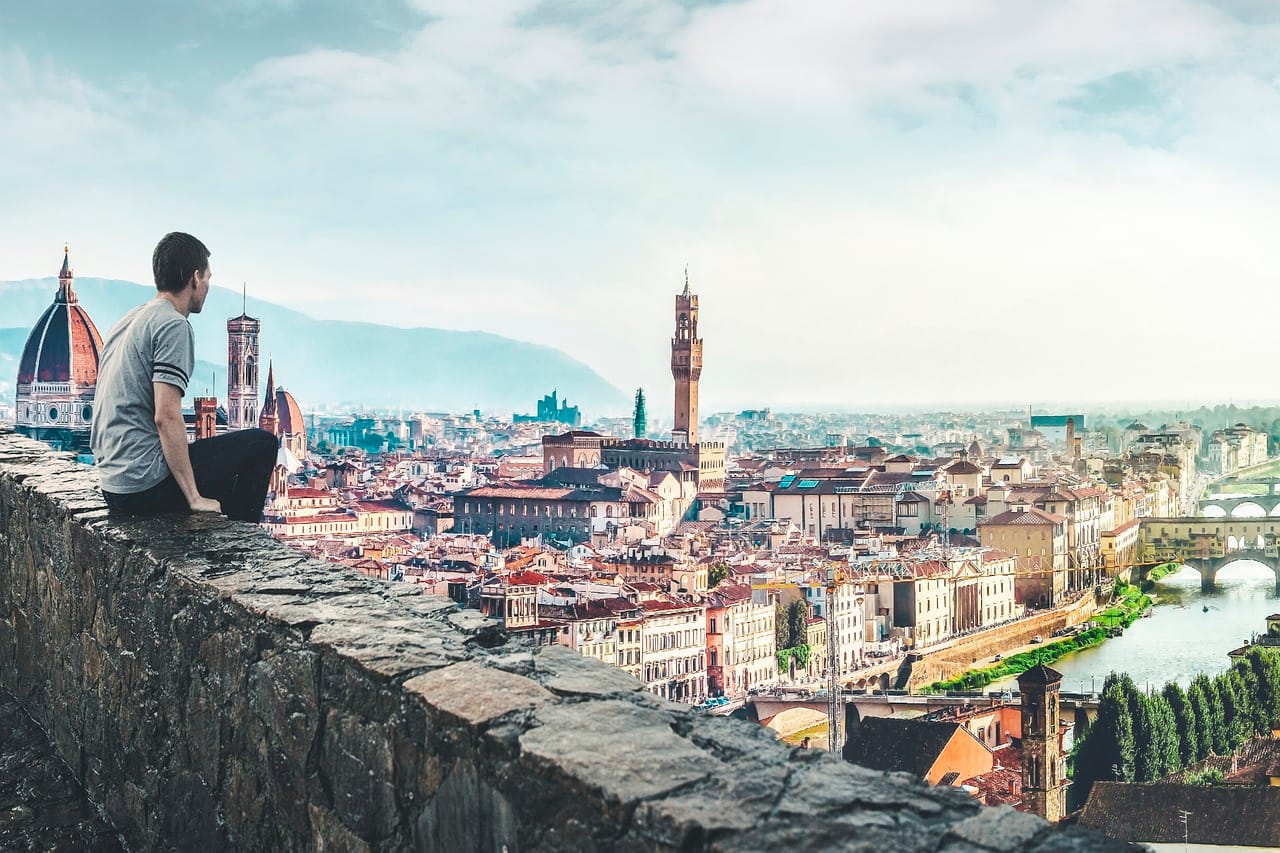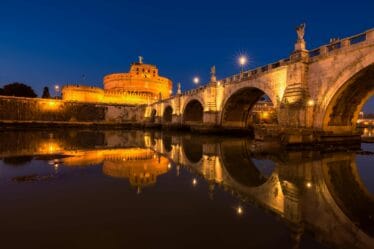

Introduction: A Renaissance Scandal
Among the many passionate stories of Renaissance Florence, none is more fascinating than the affair between the painter Fra Filippo Lippi and the nun Lucrezia Buti. This relationship, both scandalous and legendary, is remembered today as the Lippi Buti Forbidden Love, a tale that combines art, faith, and desire. Giorgio Vasari, in his Lives of the Artists, immortalized the episode as a symbol of the turbulent lives of Renaissance masters.
The Life of Fra Filippo Lippi
Fra Filippo Lippi (1406–1469) was born in Florence, orphaned at a young age, and raised in the Carmelite convent of Santa Maria del Carmine. Though he became a friar, he was far more devoted to painting than to his religious duties. By the 1440s, Lippi was already a renowned artist, celebrated for his work in Florence and later commissioned across Tuscany. His fame, however, was matched by his reputation for being restless, passionate, and prone to scandal.
Meeting Lucrezia Buti in Prato
In 1456, Lippi was called to Prato to paint works for the Convent of Santa Margherita, including the famous fresco of the Madonna della Cintola. There he encountered Lucrezia Buti, a young novice of the convent. Lippi asked that she pose as the Virgin Mary for his paintings. During these sessions, an affection grew between them, transforming into a forbidden romance that would change their lives forever.
It was at this moment that the story truly earned the name Lippi Buti Forbidden Love.
The Scandalous Escape
According to Vasari, the affair could not remain hidden for long. During a public procession of the Sacred Girdle (Cingolo Sacro), Fra Filippo seized the opportunity to abduct Lucrezia from the convent. The two lovers fled, shocking Prato and Florence alike. For a friar to run away with a nun was a serious offense, risking imprisonment or even death.
Nevertheless, their union produced a child, Filippino Lippi, born around 1457. He would grow up to become one of the most brilliant painters of the late Renaissance, collaborating with Botticelli and leaving masterpieces in Florence and Rome.
The Medici Intervention and Papal Dispensation
At this stage, powerful allies intervened. While many retellings confuse Lorenzo the Magnificent with his grandfather, it was actually Cosimo de’ Medici the Elder who helped. Thanks to his influence, Pope Pius II granted both Filippo and Lucrezia a dispensation from their vows, allowing them to live together as laypeople.
This papal decree not only saved their reputations but also secured legitimacy for their son Filippino. Without Cosimo’s intervention, the Lippi Buti Forbidden Love might have ended tragically.
Later Years and Legacy
Fra Filippo Lippi continued to paint across Tuscany, with important commissions in Florence, Prato, and eventually Spoleto. He died in 1469 under mysterious circumstances—Vasari even suggests poisoning, perhaps linked to his tumultuous private life. After his death, Lorenzo de’ Medici (the Magnificent) honored him with a grand monument in Spoleto Cathedral.
Lucrezia Buti outlived Filippo, raising their son, who would carry on the family’s artistic greatness. Filippino Lippi became one of the leading painters of the late 15th century, ensuring that the artistic legacy of this scandalous union endured.
Thus, the Lippi Buti Forbidden Love passed into history as both a shocking romance and a cornerstone of Renaissance art history.
Beyond the Legend
While the story has been romanticized over the centuries, historians agree that it reflects the contradictions of Renaissance Florence: strict religious vows clashing with human passions, and art intertwined with scandal. Whether seen as a moral transgression or a tale of love conquering rules, the episode continues to fascinate scholars and visitors alike.
Even today, tourists who visit Prato or Florence encounter echoes of the Lippi Buti Forbidden Love, a reminder that behind every masterpiece lies a very human story.
Learn More
If you want to dive deeper into this fascinating history, explore these resources:



